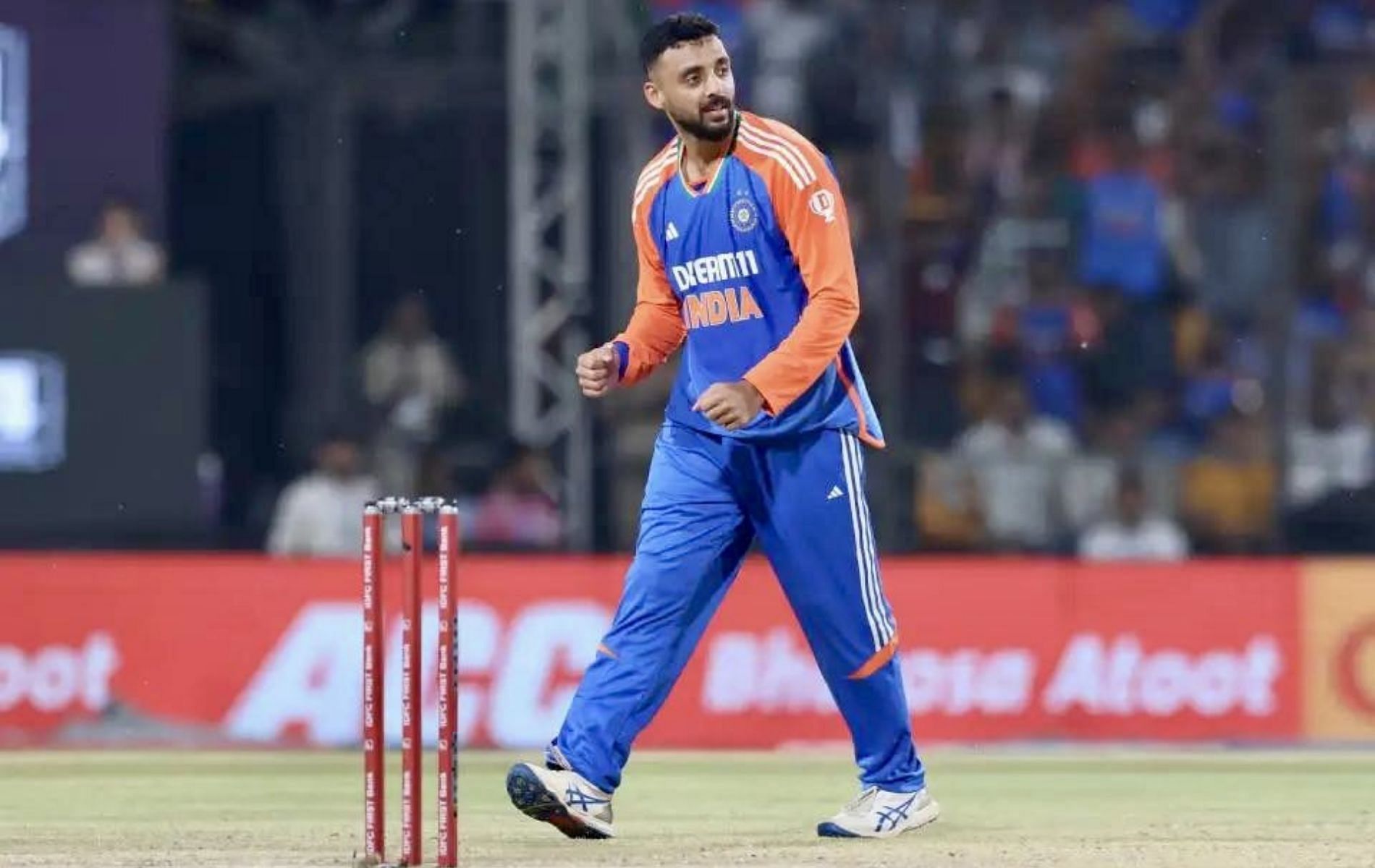
Explained: What is over-spin bowling, the secret for Varun Chakravarthy's comeback?
Mystery spinner Varun Chakravarthy played his first game for India since their dismal 2021 T20 World Cup campaign in the opening T20I against Bangladesh in Gwalior on October 6. After impressive performances in the 2020 and 2021 IPLs, Varun played six T20Is for India in 2021 but picked up only two wickets.
With an exhaustive spin factory, India moved past the spinner over the next three years. It did not help matters that Varun endured a torrid IPL 2022 season following his dropping with only six wickets in 11 outings.
Finally, with 20 and 21 wickets for the Kolkata Knight Riders (KKR) in the 2023 and 2024 IPL seasons, respectively, and strong performances in domestic competitions, he forced his way back into the T20I side. Varun ensured to capitalize this time, finishing with outstanding figures of 3/31 in his four overs to stifle the Bangladesh batters.
Following the match, Varun Chakravarthy had plenty to say about his return to the Indian side but none as pivotal as his shift from side-spin to over-spin bowling.
"I used to be a side-spin bowler, but right now, I have completely shifted to being an over-spin bowler. It's a minute technical aspect of spin bowling, but it took me more than two years. I gradually tested it in TNPL and IPL. While the mental aspect also had to be worked on, the major chunk of effort I put in was on my technical side," he said as quoted by Indian Express.
Casual viewers may not have observed much of a difference between Varun's bowling in the past and his revamped style. Yet, Varun's recent results are evidence of the impact of changing from side-spin to over-spin.
While several physical and gravitational differences exist between the two styles, a simpler explanation would be in terms of turn, drift, trajectory, and bounce.
In the case of side-spin, a bowler attempts to move the ball sideways in the air and off the pitch. This is achieved by the bowler rolling his fingers or wrists in the desired direction at the point of delivery.
The main focus through side-spin is the ball turning laterally off the wicket - leg to off for a leg-spinner and the reverse for an off-spinner.
Coming to over-spin, also called top-spin, the sole focus is to achieve dip and extra bounce in the air and off the pitch. Here, the ball is delivered with a forward rotation with the bowler imparting forward spin on the ball and the fingers pushing down on top of the cherry during release.
It is used to deceive the batter in the air more by the ball dropping before the striker can get to the pitch off the ball rather than turn and the extra bounce being generated.
On pitches not spinning as much off the pitch or those with bounce like Australian wickets, over-spin is the way to go over side-spin. Side-spin could be more effective on Asian pitches that usually offer plenty of turn.
Australia's Nathan Lyon is a great exponent of over-spin, while India's Ravichandran Ashwin has mastered both bowling styles, instrumental to his tremendous success.
Varun Chakravarthy's heroics helped India crush Bangladesh in the opening T20I
Coming to the first Bangladesh T20I, Varun Chakravarthy's dream spell helped India restrict the visitors to a paltry 127 in 19.5 overs.
However, things did not start well for the 33-year-old as his second delivery saw a simple catch being put down by Nitish Reddy. Varun was also smashed for a six in the final ball to make it a 15-run opening over.
Yet, he remained unfazed and removed dangerman Towhid Hridoy in his second over before cleaning up Jaker Ali with a peach in the following over.
Varun's final wicket came through a skiddy delivery that resulted in Rishad Hossain mistiming one straight to deep mid-wicket. Beyond the outstanding numbers with 3/31 in four overs, his ability to consistently bamboozle the Bangladesh batters caught the eyes of experts and fans.
His excellence meant India had a simple target of 128, which they completed in under 12 overs with seven wickets to spare.